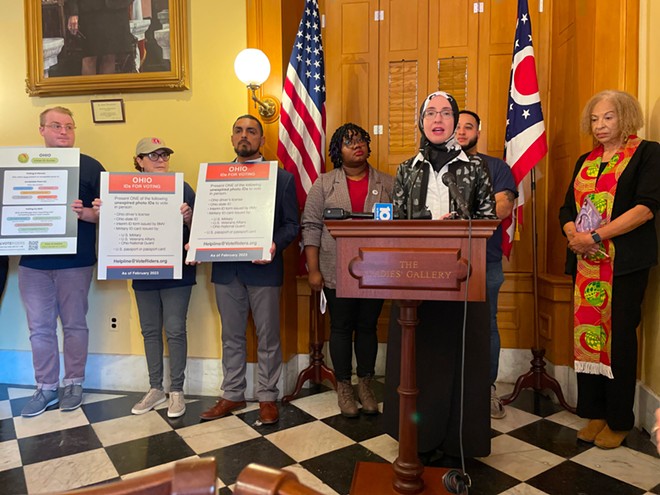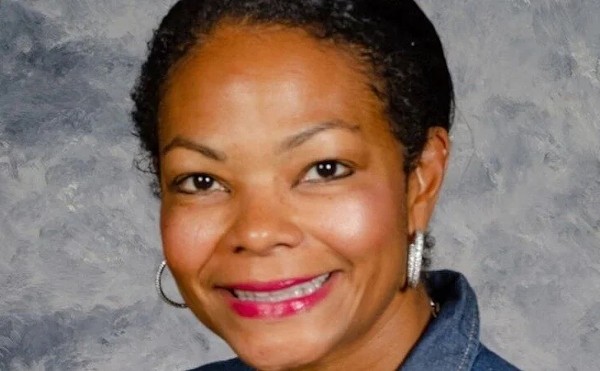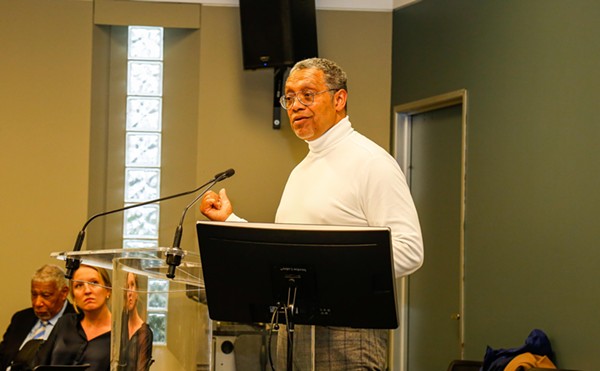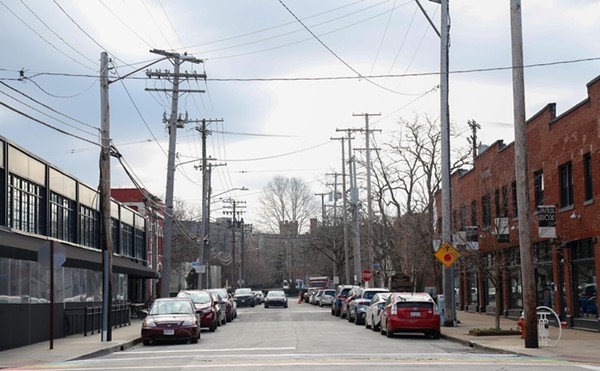Ohio’s new photo voter ID law takes effect in a little more than a week. Voters head to the polls for a primary election less than a month after that. Voting rights advocates are organizing to help educate Ohioans about the new requirements.
They argue the changes could have a dramatic impact on communities whose members don’t already have the required identification.
“Even one”
Lawmakers passed the photo ID provisions amidst the tumult of the lame duck session at the end of last year. They tacked the language onto another measure eliminating August special elections — a bill they’re now reconsidering.
The new voting requirements specifically define what qualifies as a valid form of ID. Acknowledging that not all Ohioans have a current, valid driver’s license, the law allows residents to get a free state identification card. Sponsors insisted these stringent photo ID demands would fight voter fraud.
“No longer will showing a random bank statement or utility bill be good enough to cast a ballot in our state,” Sen. Theresa Gavarone said before the measure passed the Senate.
“Even one person — one person — voting illegally in our state is too many,” she concluded.
Still the measure’s requirements are puzzling.
Why would a passport — which verifies identity but not residence — be ok, while other documents like an out-of-state license or an expired Ohio license not make the cut? The latter, of course, verify identity just as well as the former.
And why would the law recognize a current, valid identification card issued by a state agency, but not one issued by a county agency? In 2016, state lawmakers passed legislation allowing county recorders to issue veterans IDs—explicitly including them as a valid form of ID for voting. Those IDs were left out of the most recent legislation.
And if sponsors insist photo ID is so necessary to fight fraud, why doesn’t it apply to absentee voting? Ohioans only need the final four digits of their social security card to apply for an absentee ballot.
Advocates respond
Ohio League of Women Voters policy affairs manager Nazek Hapasha argued the fixation on photo ID ignores significant, vulnerable communities in Ohio.
“People like senior citizens who don’t have a current license or ID and don’t need one, or people like college students who don’t have a driver’s license and don’t need one, or people with disabilities who not only don’t need a driver’s license, but can’t get one.”
Turning the sponsors’ voter fraud argument back on them, she argued, “We maintain that every voter matters, and that even one voter who is unnecessarily and unfairly barred from casting their ballot in any election is one too many.”
Hapasha dismissed the sop of free IDs, noting that for many, the barriers extend beyond just cost. Nick Ramos from the organization VoteRiders picked up on that issue as well.
“It’s far from free when you take into account the cost of time, transportation and underlying documents like a birth certificate or a social security card that someone might need to get before they can get an ID,” he argued. “It can take weeks or even months to obtain these documents, get an appointment and secure the type of ID you need to vote.”
The non-partisan organization works with citizens to clear the hurdles that stand between them and the ballot box. That can include simple education, or even funding to secure necessary documents and transport to state offices.
In light of ongoing budget negotiations, Hapasha had two demands for lawmakers. First, she argued they should establish a voter education fund delivering dollars directly to county boards. Second, she pressed lawmakers to remove restrictions that keep boards from working with non-governmental organizations on outreach.
Originally published by the Ohio Capital Journal. Republished here with permission.












